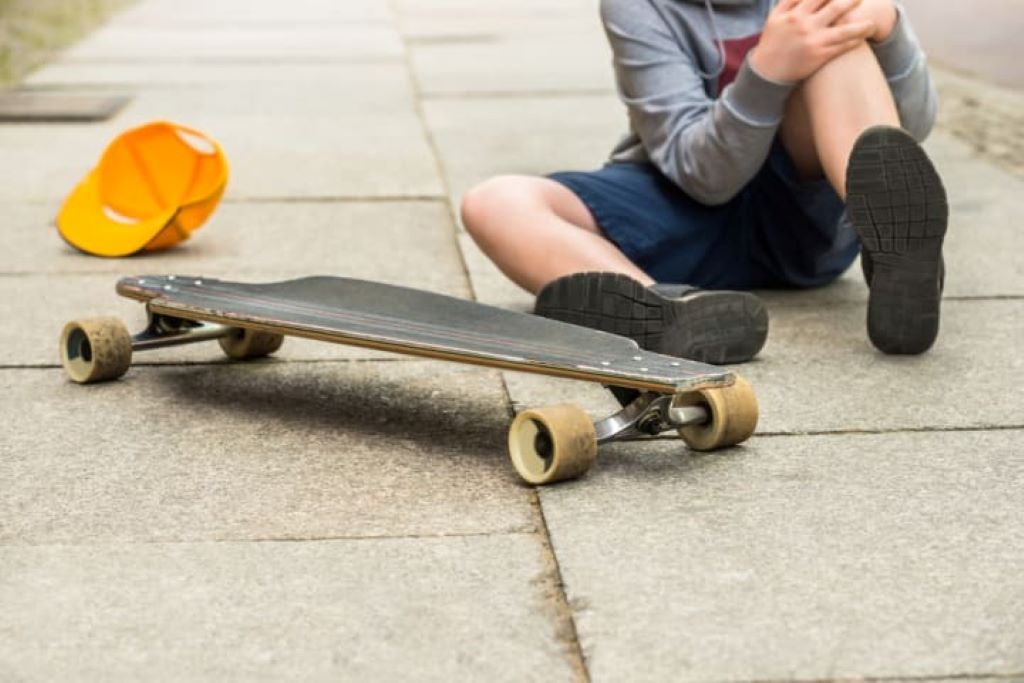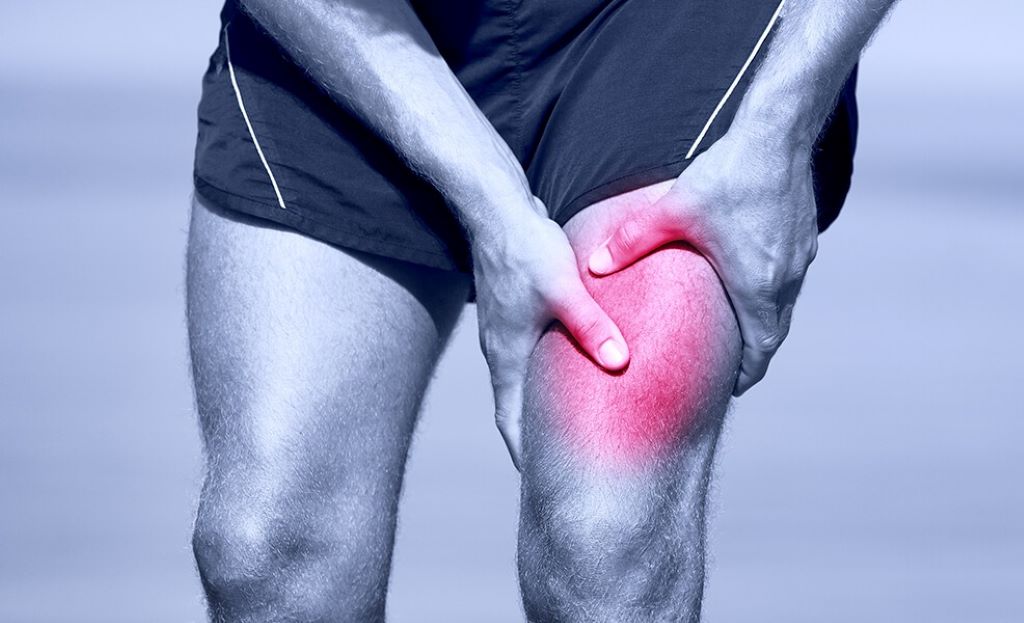Skateboarding is more than just a sport or a mode of transportation—it’s a lifestyle and an art. But for those tackling long distances on a skateboard, one unexpected challenge can turn this exhilarating activity into a painful experience: dead leg. This nagging issue, caused by poor blood circulation or muscular strain, can derail even the most dedicated skater. So, how to avoid ‘dead leg’ while skateboarding? If you’re looking for practical ways to prevent this issue during long-distance rides, you’re in the right place.
Exploring effective ways to manage your body while riding can make all the difference. To elevate your skating experience and minimize the risk of discomfort, we’ll dive into proven strategies to prevent dead leg, so you can confidently shred the streets without the aches. If you’re passionate about skateboarding, be sure to explore Skate Board Trends for the latest trends and tips to enhance your ride.
Understanding Dead Leg and Why It Happens
Dead leg, also known as transient muscle paralysis, is a common term used to describe the feeling of numbness, tingling, or even complete loss of sensation in the leg. While not exclusive to skateboarding, long-distance riders are particularly susceptible due to the repetitive motion and pressure exerted on the muscles and nerves over extended periods.
Common Causes of Dead Leg While Skateboarding:
- Reduced Circulation: Prolonged pressure on specific muscles or sitting positions can compress blood vessels, restricting blood flow to the leg.
- Muscle Fatigue: Overuse of leg muscles during extended rides can lead to temporary strain and numbness.
- Improper Stance: Poor positioning on the skateboard can lead to uneven weight distribution, exacerbating muscle stress.
It’s important to recognize that dead leg isn’t just an inconvenience; ignoring the problem can lead to long-term issues like nerve damage or chronic muscular strain. Prevention is key, and understanding the root causes is the first step.
Perfecting Your Stance to Prevent Dead Leg
Your stance plays a pivotal role in ensuring comfort during long rides. An improper stance not only causes dead leg but can also lead to a lack of control over your board. Skaters who perform frequent skateboard stunts often have highly refined stances, allowing them to maintain stability and agility under pressure.
Tips to Improve Your Stance:
- Distribute Weight Evenly: Keep your weight balanced between both feet. Shifting too much weight onto one leg can lead to strain and reduced circulation.
- Bend Your Knees Slightly: A slight bend in the knees acts as a shock absorber, reducing impact on the joints and improving blood flow.
- Avoid Locking Your Knees: Stiff legs can restrict circulation and increase muscle fatigue. Stay relaxed and fluid in your movements.
- Experiment with Foot Placement: Try different foot positions on the deck to find what feels most natural and comfortable for long rides.
By taking the time to perfect your stance, you’ll not only minimize the risk of dead leg but also improve your overall control and confidence on the board.
Pre-Ride Warm-Ups: Your Secret Weapon Against Dead Leg

Warming up is a cornerstone of athletic performance, and skateboarding is no exception. Skipping a proper warm-up can leave your muscles stiff and unprepared for the demands of a long ride, making you more susceptible to dead leg.
Effective Warm-Up Exercises for Skaters:
- Dynamic Stretches: Perform leg swings, lunges, or high knees to increase blood flow and loosen up your muscles.
- Foam Rolling: Use a foam roller to target tight areas in your quads, hamstrings, and calves. This can help release tension and improve circulation.
- Short Cardio Session: A quick jog or jump rope session for 5–10 minutes can get your heart rate up and prepare your body for movement.
Think of warming up as an investment in your ride. A few minutes of preparation can save you hours of discomfort and frustration down the road.
Choosing the Right Equipment for Long-Distance Skateboarding
Your skateboard setup can have a surprising impact on how your body feels during long rides. From the deck size to the wheel durometer, every component plays a role in ensuring a smooth and comfortable experience.
Key Equipment Considerations:
- Deck Size: Choose a deck that matches your height and shoe size. A larger deck provides more stability, which can reduce muscle fatigue over time.
- Trucks and Bushings: Opt for softer bushings if you prefer a more responsive ride, as they require less effort to turn.
- Wheels: Soft wheels with a higher durometer rating (around 78A–87A) absorb vibrations better, minimizing the impact on your legs.
- Grip Tape: Ensure your grip tape provides sufficient traction without being overly abrasive, as excessive grip can force your muscles to work harder.
Investing in the right equipment tailored to your needs can significantly reduce the risk of dead leg and make long-distance skateboarding more enjoyable.
Staying Hydrated and Well-Nourished
Hydration and nutrition are often overlooked but are critical factors in maintaining muscle function and preventing fatigue. Dehydrated muscles are more prone to cramping and reduced performance, increasing the likelihood of dead leg.
Hydration Tips for Skaters:
- Drink water consistently throughout the day, not just during your ride.
- Consider electrolyte-rich drinks for extended rides to replenish lost minerals.
- Avoid excessive caffeine or sugary drinks, as they can lead to dehydration.
Snack Suggestions for Sustained Energy:
- Bananas (rich in potassium to prevent cramping)
- Trail mix with nuts and dried fruits for a balanced energy boost
- Energy bars with a good mix of protein and carbs
Keeping your body fueled and hydrated ensures your muscles have the resources they need to perform at their best, even on long rides.
Taking Breaks During Long Rides
It’s tempting to push through the pain and keep going, but incorporating short breaks into your routine can make a world of difference. Pausing for just a few minutes allows your muscles to recover and prevents fatigue from building up.
Smart Break Strategies:
- Stop every 20–30 minutes to stretch and shake out your legs.
- Use breaks to assess your stance and make adjustments if needed.
- Incorporate light exercises like calf raises or toe taps to keep blood flowing.
Listening to your body and respecting its limits is one of the most effective ways to avoid dead leg and ensure a more enjoyable skateboarding experience.
How to Adjust Skateboard Trucks for Stability: A Pro’s Guide
Stretching Post-Ride to Prevent Stiffness
Stretching after a long skate session is just as important as warming up beforehand. Post-ride stretches help reduce muscle tension, improve flexibility, and promote better circulation.
Recommended Post-Ride Stretches:
- Hamstring Stretch: Sit on the ground with one leg extended and reach for your toes to stretch the back of your thigh.
- Quad Stretch: Stand on one leg and pull the opposite foot toward your glutes to stretch the front of your thigh.
- Calf Stretch: Place your hands against a wall and lean into one leg at a time to stretch your calves.
Consistent stretching can help you recover faster and prevent long-term issues associated with dead leg.
You Might Enjoy: How to Stop on a Skateboard: A Beginner’s Guide to Safe and Controlled Braking
FAQs
What is the best way to prevent dead leg while skateboarding long distances?
Focus on maintaining proper stance, warming up before riding, taking breaks, and staying hydrated to keep your muscles healthy and engaged.
Can the type of skateboard affect dead leg?
Yes, factors like deck size, wheel softness, and trucks can influence how your body feels during long rides. Choosing the right equipment is crucial.
How often should I take breaks during a long skateboarding session?
It’s recommended to stop every 20–30 minutes to stretch and move around, preventing stiffness and improving blood circulation.
Why does hydration matter in preventing dead leg?
Dehydrated muscles are more prone to fatigue and cramping, which can lead to dead leg. Staying hydrated supports better circulation and muscle function.
Are there specific stretches to prevent dead leg?
Dynamic stretches before riding and targeted stretches like hamstring or quad stretches post-ride can help reduce the risk of dead leg.
Can I avoid dead leg completely?
While it’s not always avoidable, combining proper preparation, technique, and equipment can significantly minimize the chances of experiencing dead leg.
Conclusion
Skateboarding long distances can be a thrilling and fulfilling experience, but the risk of dead leg shouldn’t be ignored. By understanding the causes, perfecting your stance, warming up, and staying mindful of your body’s needs, you can enjoy a smoother, more comfortable ride.











+ There are no comments
Add yours